One of the 1980s' most iconic pieces of horror Scifi is David Cronenberg's satirical take on television. The surreal cult classic has received far more acclaim from contemporary audiences than it did upon release, even now resting in a deserved spot in the Criterion Collection.
The film's plot and imagery are as effective as ever, with the messaging driving them still being pertinent in today's media-centric culture. Before revisiting the film, or experiencing it for the first time, check out these ten interesting facts.
10 Civic TV Is Based On A Real Channel
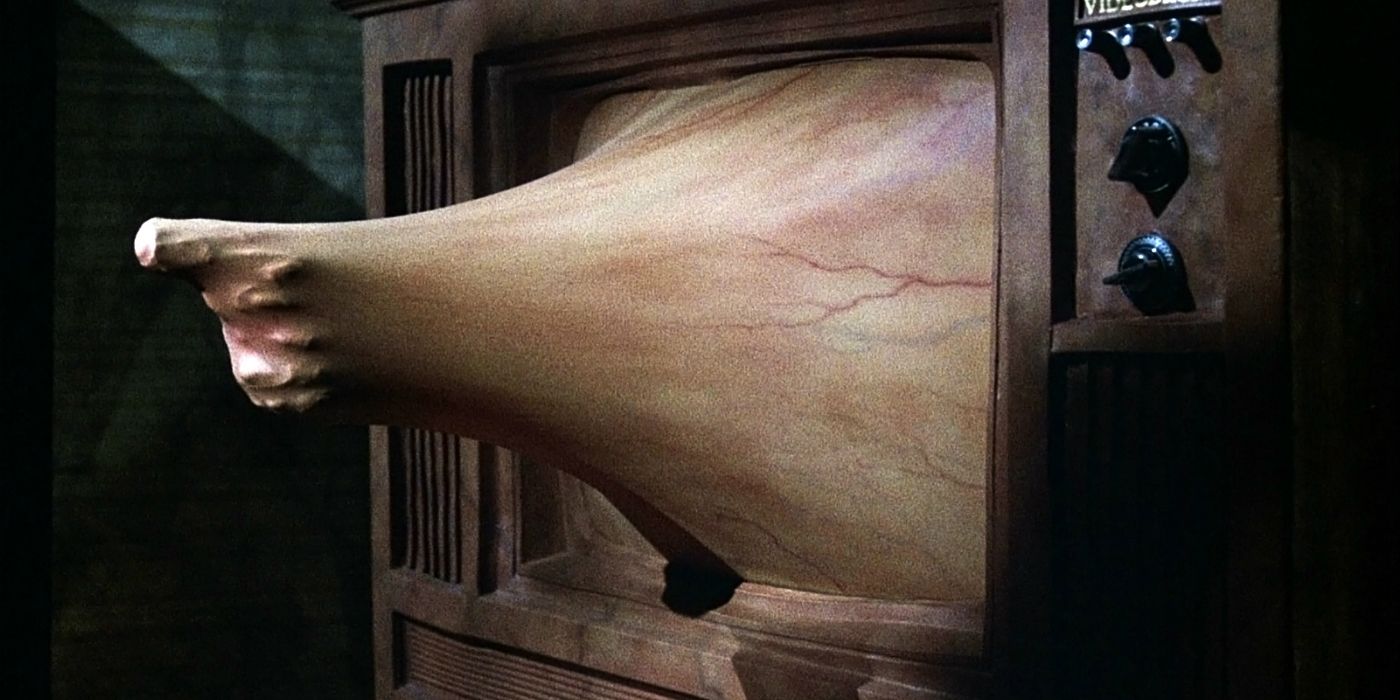
The fictional and even supernatural television channel that haunts James Woods throughout the film is actually loosely based on a real television station. It was called City TV, and started in Toronto, quickly becoming infamous for showing soft-core porn late at night.
Civic TV clearly took a little more than the station's name and put its own twist on it. Even the real station's founder, Moses Znaimer, is homaged in the film by a character named Moses.
9 The Special Effects Were Done By Legend Rick Baker
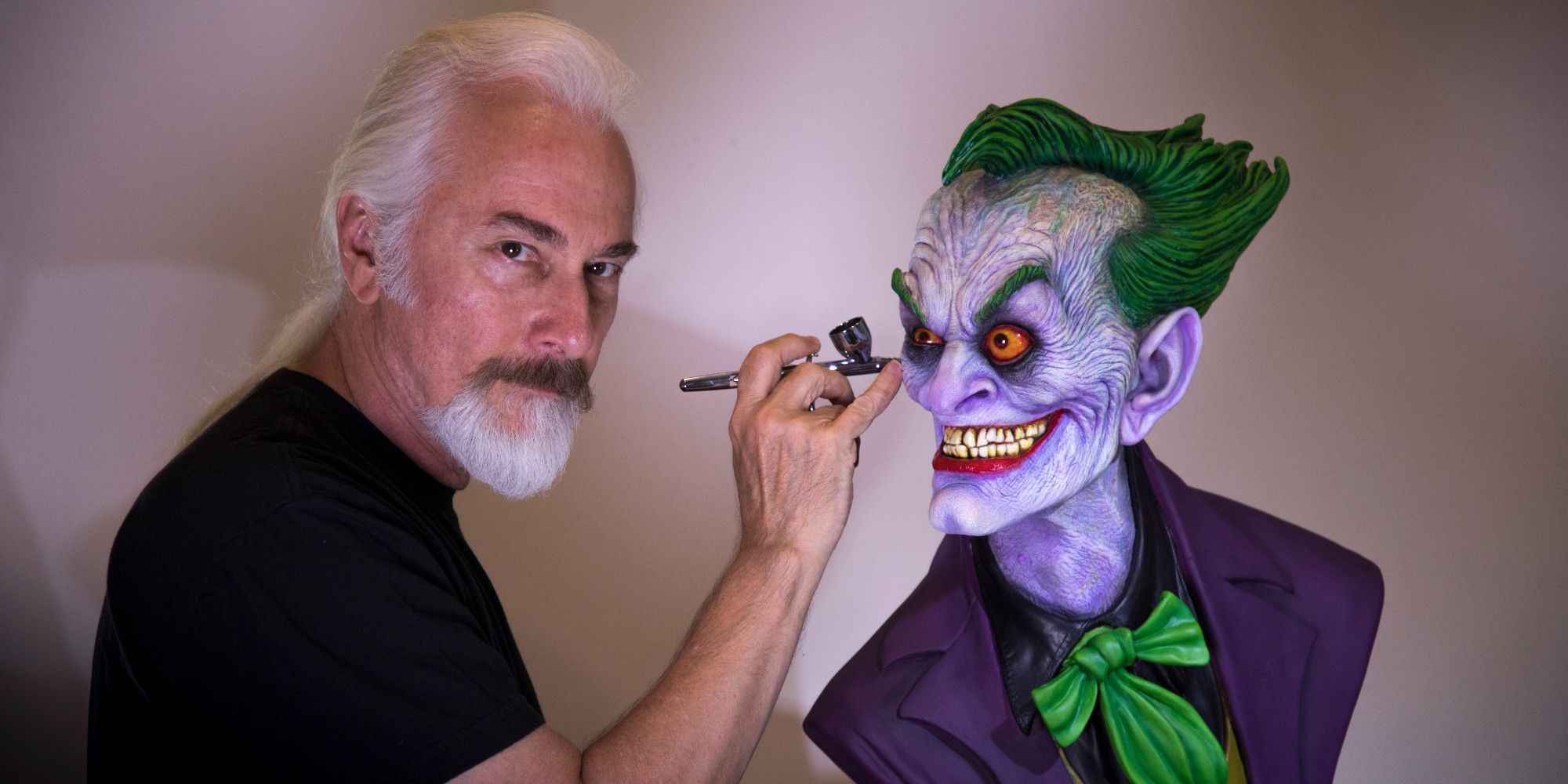
It will come as no surprise to learn that the effects for the film were done by one of the best of all-time. The graphic body dysmorphia on display throughout Videodrome's runtime is some of the best special effects of 80's horror.
RELATED: Top 10 Visual Effects of the 80s
Rick Baker has worked on an overwhelming number of famous films, including An American Werewolf in London, for which he won the inaugural academy award for special effects.
8 James Woods Came Up With The Ending
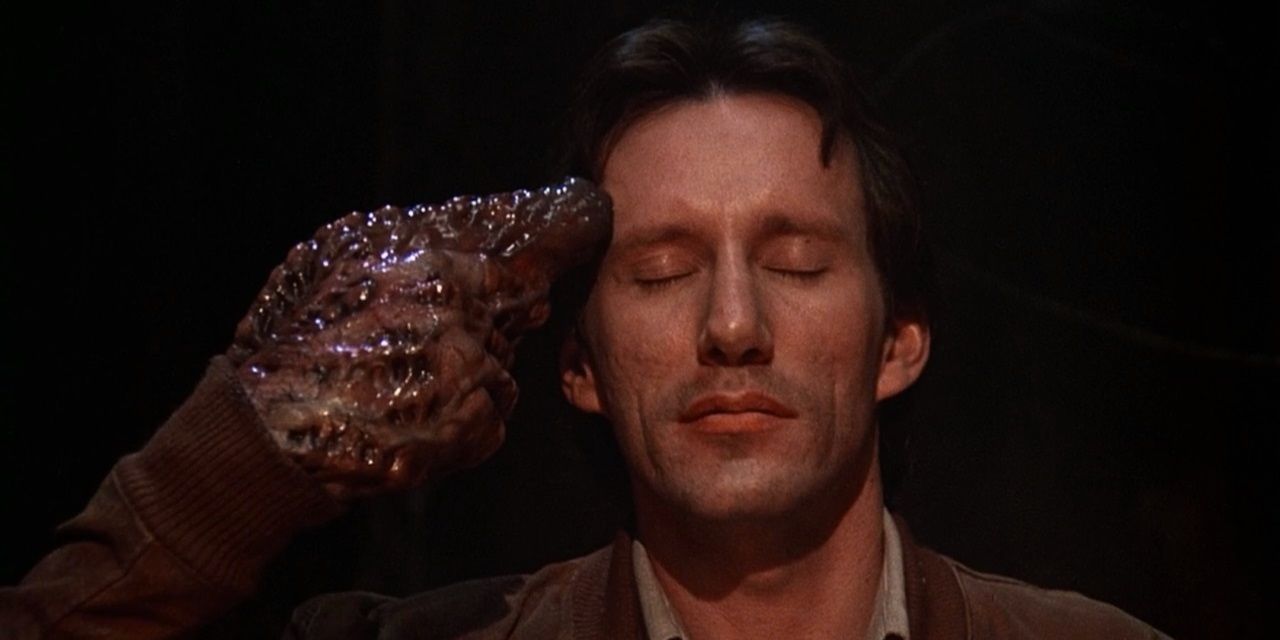
When shooting on the film started, Cronenberg was working off of an incomplete script, apparently experimenting with different ideas as production went on. The ending of the film was no different.
Ultimately, three endings to the film were shot, and then the final one was chosen during the editing process. The ending that Cronenberg went with was actually one that Woods had suggested during shooting, that was shot just to be tested.
7 The Trailer Was Edited On A Commodore 64 Computer
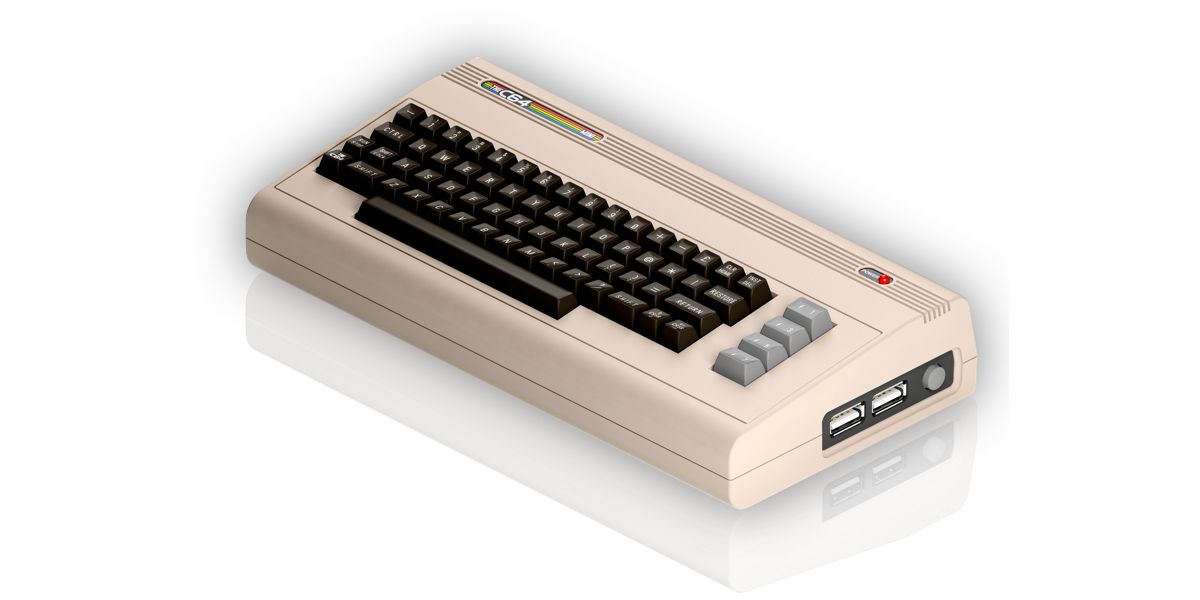
With the film being a surreal look at the influence of technology, it makes sense that the filmmakers behind it would attempt some innovative things with tech themselves.
They did exactly that by putting together most of the trailer on a Commodore 64, the old school computers mostly remembered for early 8-bit video games. The choice gave the trailer a unique look that fit the tone and style of the film but also foreshadowed the film industry's fast climb into computer video editing.
6 Cronenberg Acted In Place Of Woods For A Scene
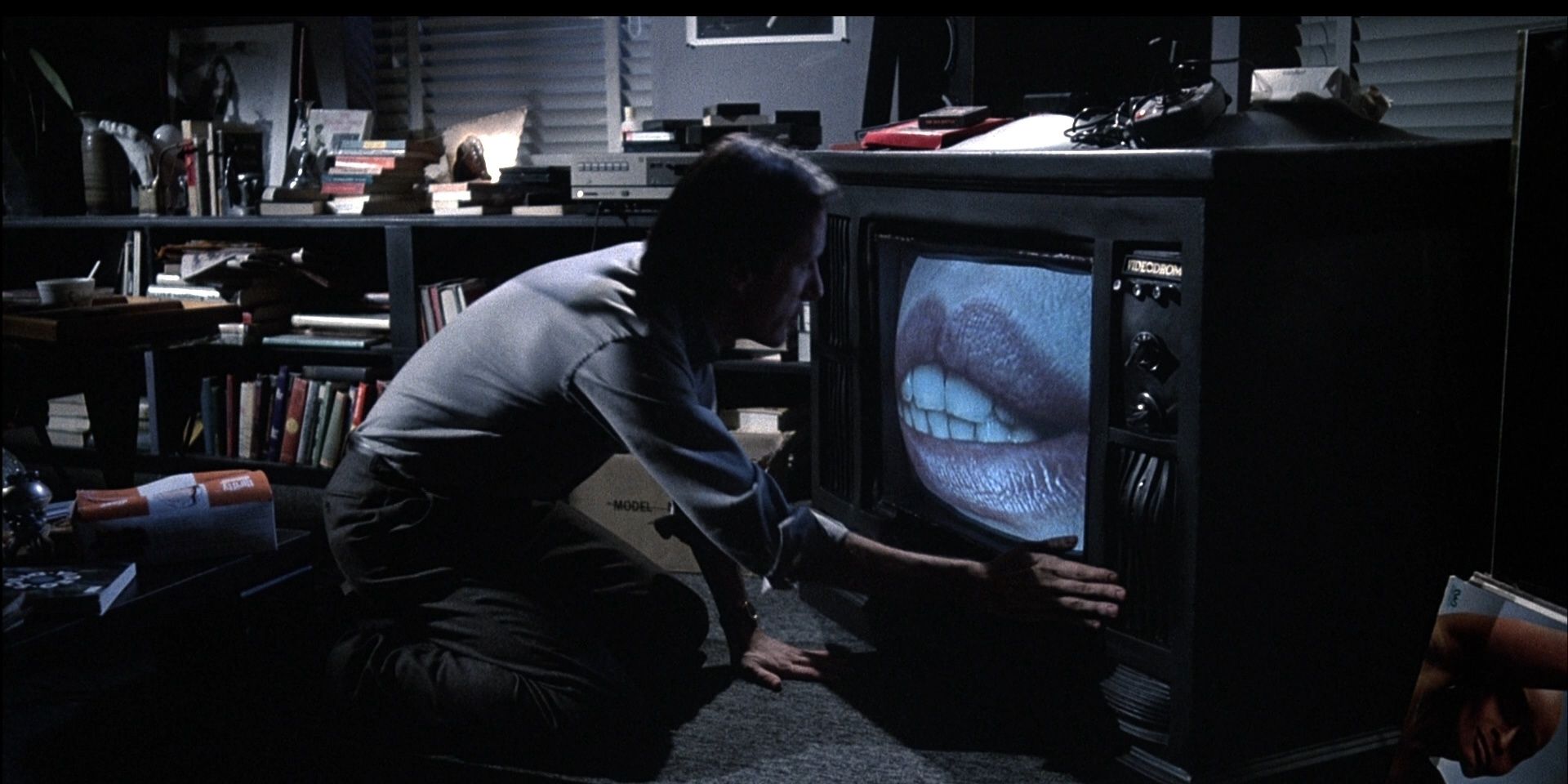
When filming the scene in which his character wears a metal helmet loaded with wires, James Woods became nervous that the helmet could malfunction, and electrocute him.
Due to his overall concern, Cronenberg sat in as his double for any take that Woods' face wouldn't be seen, wearing the helmet himself.
5 Barry Convex Was Inspired By Televangelist Jim Bakker
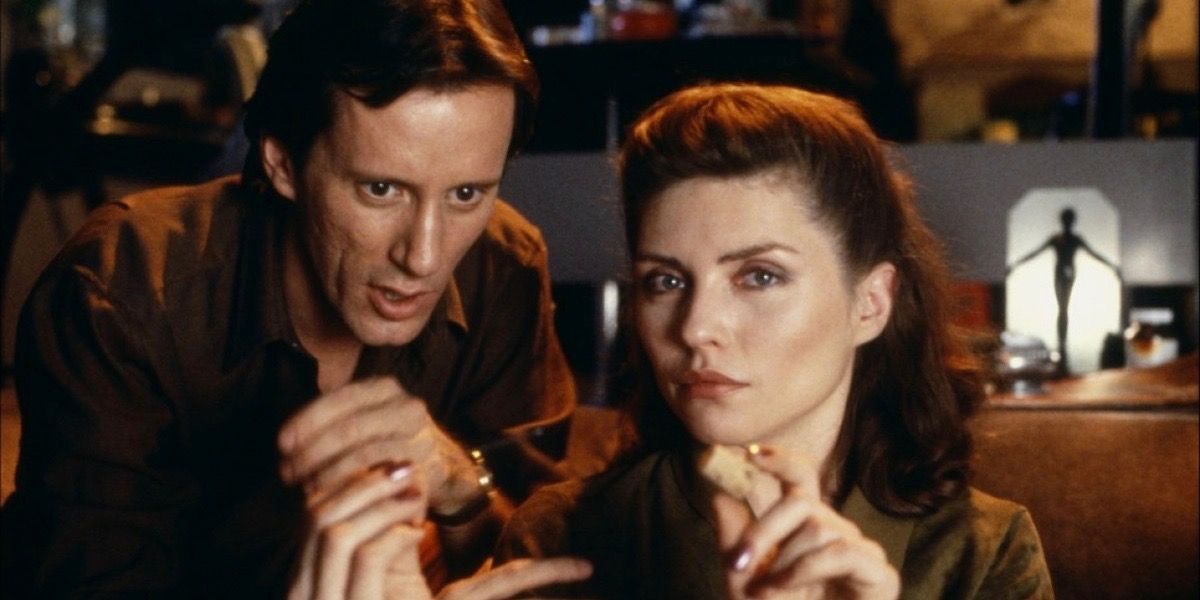
The creepy head of Spectacular Optical was portrayed in the film by Les Carlson, but the character himself was inspired in part by real-life televangelist Jim Bakker.
Bakker was a television host through the 70s and 80s who was later revealed to be a fraud, being convicted with criminal charges.
4 Professor O'Blivion Is Based On A Real-Life Teacher
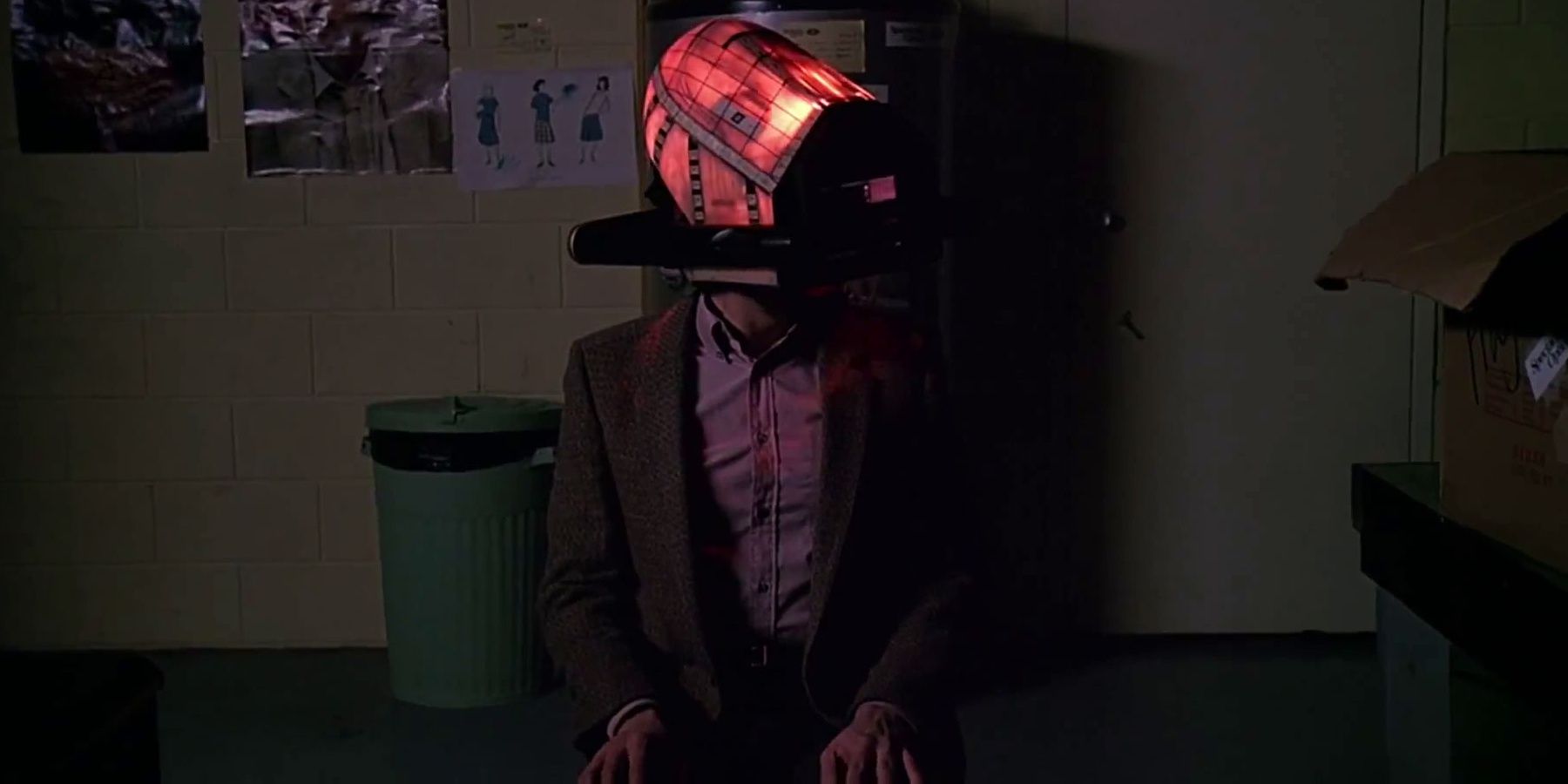
The role was loosely based on Marshal McLuhan, a professor at The University of Toronto. Cronenberg didn't have McLuhan as a teacher, but knew of him, as the professor was apparently a highly regarded academic.
The icing on the cake is that McLuhan teaches a class at the university called Understanding Media.
3 Multiple Scenes Were Cut Due To Effects Limitations
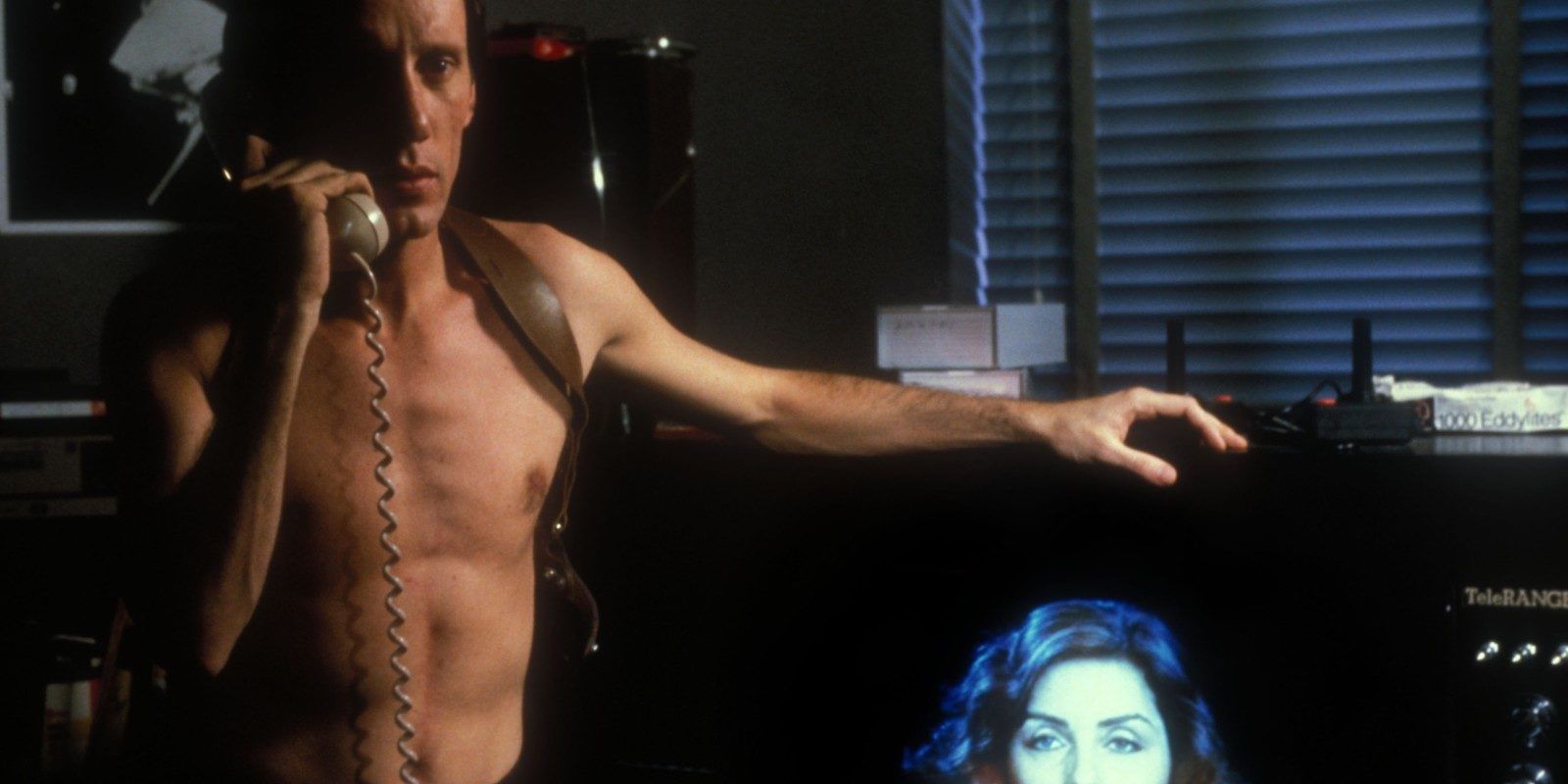
The movie was given a budget of six million, which was considered more than enough for Cronenberg to make the exact movie he wanted to make, especially since he had just made his last film, Scanners, for less.
The money was put almost entirely into special effects. The body horror of the film is heavily responsible for its impact and how rememberable the film is. However, there were some scenes that just couldn't be pulled off at the time, including a scene where a television rises out of a full bathtub, and an ending where both lead characters have massive body transformations.
2 The Japanese Porn Salesmen's Involvement Became Controversial
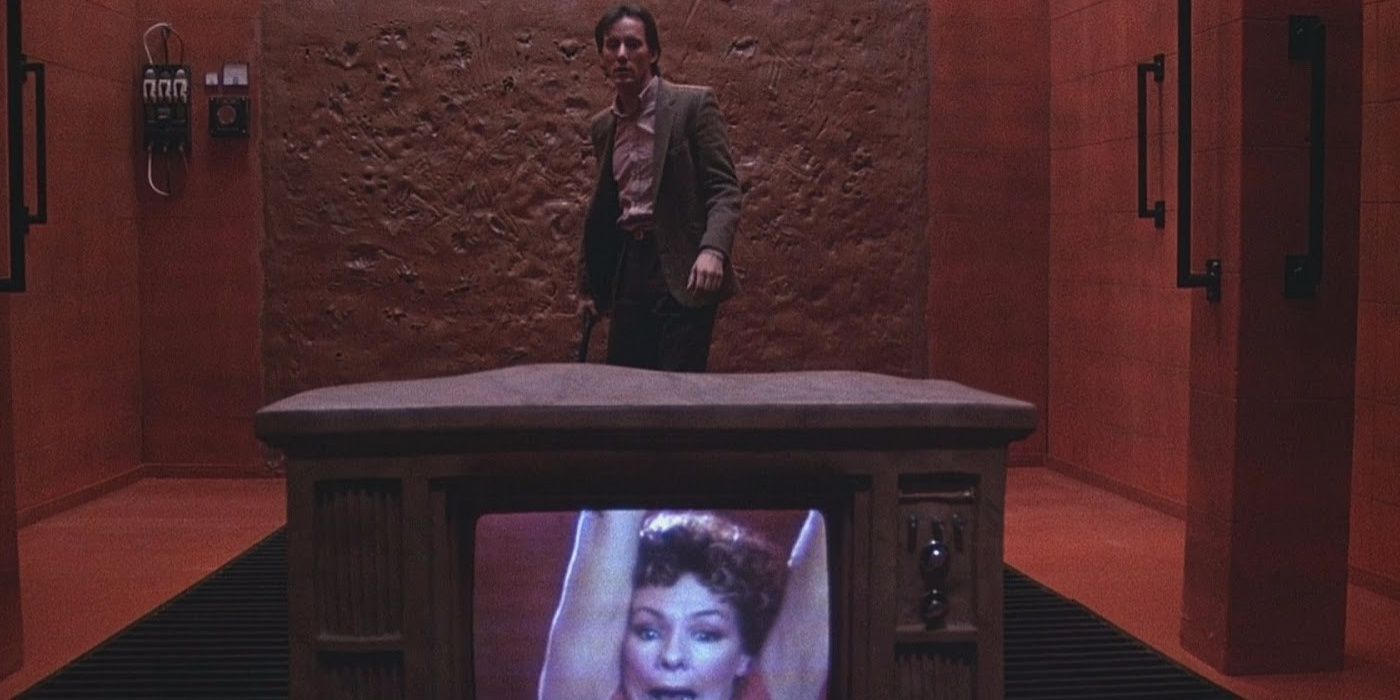
David Tsubouchi, who plays a salesman trying to sell Japanese porn to Civic TV, quit acting not long after the film. He instead went into politics, becoming a successful cabinet minister in Canada.
Due to not only the graphic nature of the film but to the bizarreness of his role, in particular, opposing politicians tried to cite the role as a reason why Tsubouchi wasn't fit to be elected.
1 It Was Originally Titled Network Of Blood
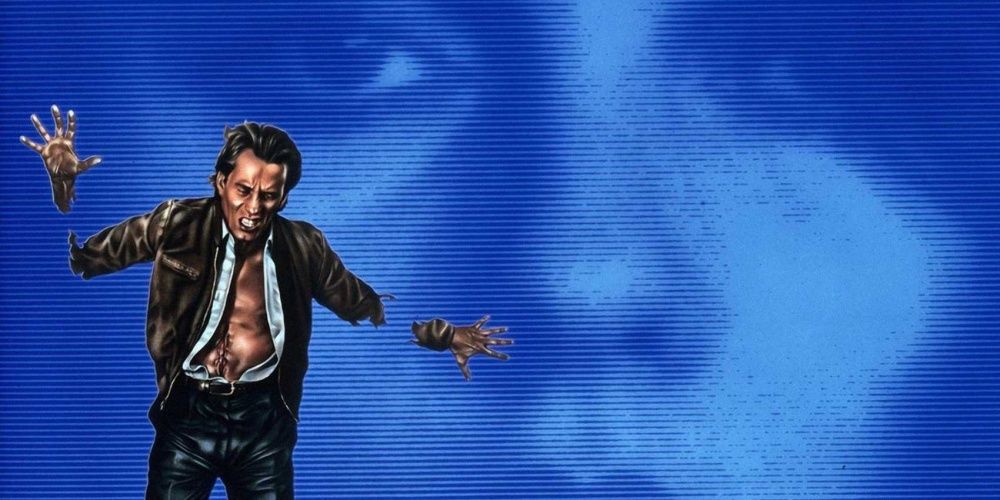
That incomplete script I mentioned, was a script Cronenberg had contacted himself. Although he has taken great care to never let that script become public, it's been stated that it was a free-flowing story full of grotesque dream-logic and body horror, so the final product was definitely in the same vein at least.
Apparently the ideology of letting ideas just come and go as pieces of the story was important to Cronenberg, which is why he pushed ahead shooting before finalizing a draft.
from ScreenRant - Feed https://ift.tt/2yHKc0g


0 Comments